Wild chickweed is amazingly nutritious! Learn how to identify this mild-tasting green and how to harvest and use it as food and medicine.
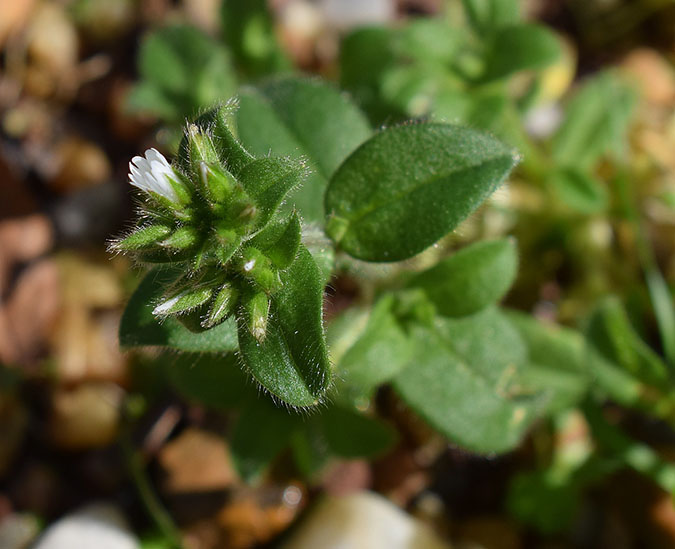
Image by Jan Haerer from Pixabay
Wild Chickweed: How to ID, Harvest, and Use It for Food & Medicine
One of the most amazing things about weeds is how many of them contain even more nutrition than the cultivated greens we grow in our gardens! And wild chickweed (Stellaria media)—which can be found almost anywhere in the world and which contains more iron, zinc, and potassium than traditional garden greens—is no exception.
Where to Find Chickweed
Chickweed is a sweet little plant with a love for cool, wet weather. It can be found in every state in the U.S. and throughout much of the world, even growing as far north as the arctic circle.
Where I live, in the Ozark Mountain region of Arkansas, you can find chickweed in the early spring and often again in the fall.
You May Also Enjoy:
“Our 13 Favorite Books About Herbal Medicine”
The further north you go, the more it can stretch toward summer. Further south it leans more toward winter.
If you have just the right climate (or microclimate), it can grow year-round. If you’ve got cool, pleasant weather, you’ve almost certainly got chickweed.
Chickweed tends to pop up in yards, gardens, pastures, and along the edges of paths. It likes rich, moist soil, and doesn’t seem too particular about sunlight.
It must really like people, too, because it grows around us a lot. You’ll also occasionally find large patches growing in entirely the “wrong” place, because plants never read a plant book.
7 Characteristics of Wild Chickweed [Video]
In the following video—excerpted from my presentation at The Grow Network’s Fall Home Medicine Summit 2018, “5 Wild Foods With Super Nutrition: How to ID and Prepare”—I discuss the 7 characteristics of wild chickweed, how to harvest and use this mild-tasting green as food and medicine . . .
. . . and how to make one of my favorite recipes using wild chickweed!
Why Eat Chickweed?
This is a great first plant to learn to ID when you’re searching for edible weeds.
First, it’s delicious. Some compare the taste to lettuce or corn silk, though I would describe it more like a snap pea.
It’s also highly nutritious. Chickweed is a good source of beta-carotene, ascorbic-acid, magnesium, niacin, calcium, riboflavin, selenium, thiamin, copper, and Gamma-linolenic-acid.1)http://www.eattheweeds.com/chickweed-connoisseurs-2/ It also has more iron, zinc, and potassium than any of your garden greens.2)Edible Wild Plants: Wild Foods from Dirt to Plate. John Kallas, PhD. Gibbs Smith. 2010 It can be used in salads, soups, fritters, and almost anywhere else you want something green. I’m partial to homemade weed pizzas, myself.
You May Also Enjoy:
“Dandelions: 31+ Uses for the King of Weeds”
“Sheet Mulching: Build Soil, Thwart Weeds, and Make Your Garden Fertile”
Do yourself a favor. Mix up some freshly rinsed chickweed with flour, salt, and pepper. Form it up into patties and fry it in coconut oil. Then dip the resulting crunchy goodness in honey mustard or barbecue sauce. Delicious!
Identifying Chickweed
By this time, I’m sure you’re practically salivating for some chickweed. And who could blame you? So let’s move on to identification.
Note that I’m focusing on common wild chickweed (Stellaria media). There are other varieties of chickweed, such as mouse-ear chickweed, that will match some, but not all, of these criteria. For more information on other types of chickweed, you really should look at a more exhaustive guide or talk to a local plant expert.
You May Also Enjoy:
“Get TGN’s New Immunity Support Kit at an Incredible Discount”
Common chickweed is a thin-stemmed plant with small (¼” to ½”), opposite leaves. The leaves vary a bit in shape, but are usually oval, and always have a tiny point at the tips.
She’s usually a small plant, but can grow stems more than a foot long when conditions are right.
The sap is NOT milky. If you pluck a stem and discover white sap, you’ve got the wrong weed.
The bloom is white with 5 deeply notched petals, which will look like 10.
It has two more dead giveaways. One is a single line of hairs growing down the stem. This line will switch sides after every pair of leaves.
The hairs are tiny, and you may need to either hold it up to the light or use a magnifying lens to see them.
The other telltale sign is an inner core. It takes a little practice, but you can bend the stem back and forth, and twist slightly, to break apart the outer stem, revealing a slightly elastic inner stem.
All of the aboveground parts are edible. On younger plants, the entire stem is tender. As they age, the lower stems become tough and stringy. You can chop them up, if you’re desperate. But I prefer just cutting off the last 2 or 3 inches at the growing tips.
Medicinal Benefits of Chickweed
Medicinally, chickweed is no slouch, either. Its primary claim to fame is in skin care.
Owing to its wound-healing, soothing, and cooling properties, chickweed is an obvious choice for various skin irritations.
You only need a little guidance from a trusted expert and some hands-on experience to become confident in making the 8 herbal preparations that every home medicine maker needs to know.
It can be used in poultices, sprays, and creams—both as a beauty aid and for the treatment of rashes, bites, burns, and blemishes.
It is also a digestive aid, helping to relieve excess gas in the intestinal tract.3)Reference: The Wild Wisdom of Weeds: 13 Essential Plants for Human Survival. Katrina Blair. Chelsea Green Publishing. 2014
What Do You Think?
I hope I’ve gotten you interested in at least trying out some chickweed. Meanwhile, let me know in the comments section: What’s your favorite way to use chickweed?
______________
This is an updated version of an article that was originally published on October 6, 2018. The author may not currently be available to respond to comments, however we encourage our Community members to chime in to share their experiences and answer questions!
Psst! Our Lawyer Wants You to Read This Big, Bad Medical Disclaimer –> The contents of this article, made available via The Grow Network (TGN), are for informational purposes only and do not constitute medical advice; the Content is not intended to be a substitute for professional medical advice, diagnosis, or treatment. Always seek the advice of a qualified health care provider with any questions you may have regarding a medical condition. If you think you may be suffering from any medical condition, you should seek immediate medical attention. You should never delay seeking medical advice, disregard medical advice, or discontinue medical treatment because of information provided by TGN. Reliance on any information provided by this article is solely at your own risk. And, of course, never eat a wild plant without first checking with a local expert.

The Grow Network is a global network of people who produce their own food and medicine. We’re the coolest bunch of backyard researchers on Earth! We’re constantly sharing, discovering, and working together to test new paths for sustainable living—while reconnecting with the “old ways” that are slipping away in our modern world. We value soil, water, sunlight, simplicity, sustainability, usefulness, and freedom. We strive to produce, prepare, and preserve our own food and medicine, and we hope you do, too!
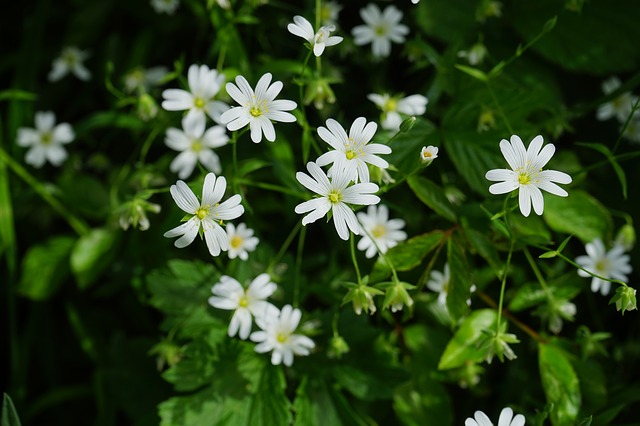

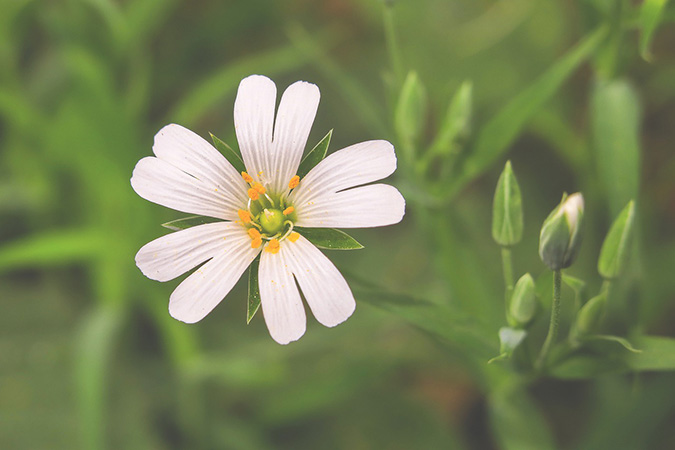
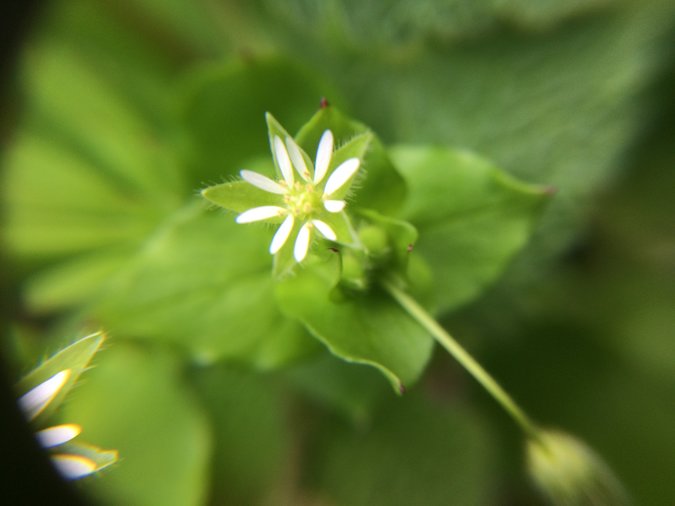
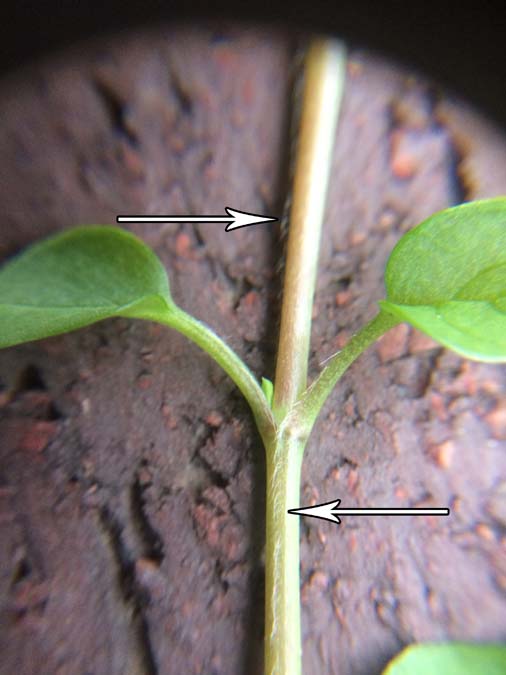








COMMENTS(1)
Stellaria seems so much more fitting for this little beauty than “chickweed”. In fact, while I was preparing to move to my homestead property and my new, big garden, I saw a packet of the herb under its Latin moniker with a pretty little painting of it on the label, and invested in the seed. The following spring I was so amazed to see it sprinkled all through the wonderful abundance of excellent field herbs growing in the intended garden space! I had seen it referred to as a nitrogen fixing groundcover and carefully left in place when setting up my first year’s garden beds. To my chagrin I discovered that the rhizome grass that is the great challenge in the space Ichosen for the garden LOVES growing under the nitrogen enriched soil in the beds, and uses it as a pathway to sneak into and choke the wimpy annuals growing near the borders. Since then I transplant it into the middle of the beds and use taller, more densely rooted field herbs like common plantain, ox-eye daisy and lamb’s quarters at the edges. It does make a great nibble, and our chickens greet it with enthusiasm as one of he first spring greens they encounter. Our chickweed has gone to sleep for the winter. I’ll look for it with even deeper appreciation next Spring after hearing what Scot has to say about it!